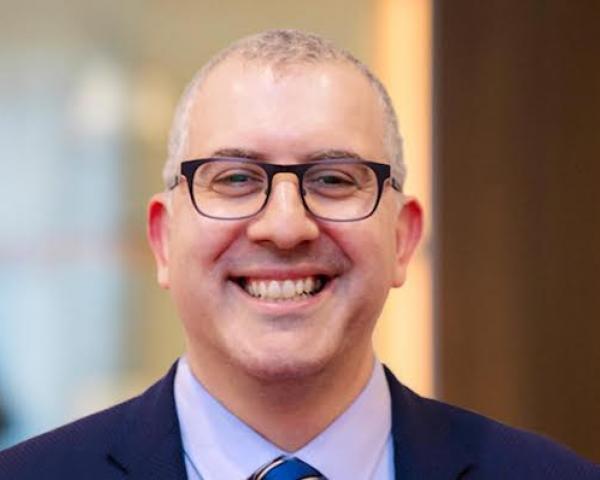How to Enhance Customer Service
Chatbots add support and engage consumers without the need for additional staffing, freeing human resources for higher-level tasks.

Chatbots add support and engage consumers without the need for additional staffing, freeing human resources for higher-level tasks.

Get Involved
Our authors are what set Insurance Thought Leadership apart.
|
Partner with us
We’d love to talk to you about how we can improve your marketing ROI.
|

Jeff Goldberg is head of insurance insights and advisory at Aite-Novarica Group.
His expertise includes data analytics and big data, digital strategy, policy administration, reinsurance management, insurtech and innovation, SaaS and cloud computing, data governance and software engineering best practices such as agile and continuous delivery.
Prior to Aite-Novarica, Goldberg served as a senior analyst within Celent’s insurance practice, was the vice president of internet technology for Marsh Inc., was director of beb technology for Harleysville Insurance, worked for many years as a software consultant with many leading property and casualty, life and health insurers in a variety of technology areas and worked at Microsoft, contributing to research on XML standards and defining the .Net framework. Most recently, Goldberg founded and sold a SaaS data analysis company in the health and wellness space.
Goldberg has a BSE in computer science from Princeton University and an MFA from the New School in New York.